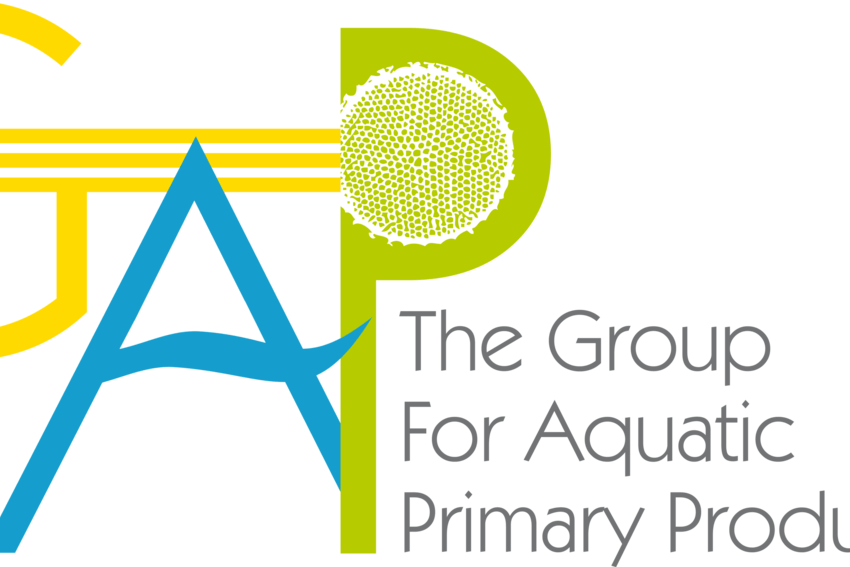
11th International GAP Meeting
‘ErieHAB 2022’
Coming Soon in August 2022
Hosted by Bowling Green State University
at The Ohio State University Franz Theodore Stone Laboratory
South Bass Island, Lake Erie, Ohio
Working Groups - GAP 11 ErieHAB 2022
Working Group 1: Planktonic Harmful Algal Blooms
Local coordinator: Mike McKay
Assessing the synergistic effects of climate and anthropogenic drivers on the success of distinct planktonic cHABs species (e.g. Microcystis spp., Planktothrix agardhii, Dolichospermum spp.)
Working Group 2: Benthic Harmful Algal Blooms
Local coordinator: Justin Chaffin
Assessing the synergistic effects of climate and anthropogenic drivers on benthic cHABs (e.g. Lyngbya spp.)
Working Groups 1 & 2: Specific aims of both projects may include:
- How do environmental cues promote or constrain the proliferation (i.e., growth and biomass accumulation) of cHAB species in mixed populations?
- How do environmental cues promote or constrain toxin production of cHAB species?
- How do other members of the microbial community promote or constrain growth and toxin production by cHAB species?
Working Group 3: Sinkhole Microbial Communities
Local coordinator: George Bullerjahn
Sink-hole microbial community dynamics of Sandusky Bay – consistent with the karst landscape of the region, Sandusky Bay contains numerous submerged sinkholes. Other than a cursory analysis we conducted on one sinkhole nearly a decade ago, these environments remain unexplored. We hypothesize that the high sulfate and low oxygen conditions existing in these environments support a microbial assemblage unique to this hypereutrophic bay including anoxygenic cyanobacteria using H2S rather than H2O as an electron donor.
Working Group 4: Fluorescence Methods Toward Assessing Productivity
Local coordinator: Ondrej Prasil
WG Biophysical assessment of photosynthetic performance. Samples from WG 1-3 will serve as biomass for experiments aimed at developing new biophysical tools to assess primary productivity.
Updated: 09/22/2021 09:30AM
